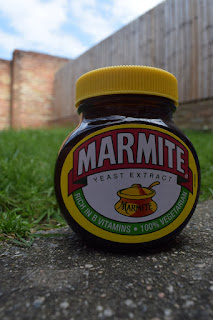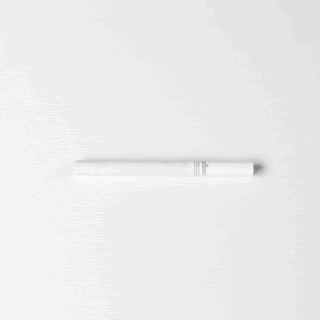Wide angle lens is the opposite to a telephoto lens.
It provide a broader field of view than the human eye.
It can be used to take a picture of a wide subject in a tight spot.
A wide-angle lens deepens space; it makes everything seem further away from the camera.
It also depends or increases the depth of field.
Wide Angle Close Up Experiments


To show wide angle close up photography I photographed a tub of marmite to show how I could make it look larger than it actually is. I think this worked particularly well in the first image because I positioned it on a wall so that when you look at it, it appears next to the car making it look larger than the car. To take this image I positioned the camera close to the object which made the main focus of the image position on the object and made everything else in the background. This is also what happened in the second picture everything in the background. The marmite is more so the main focus of the image in the second picture as it is slightly more in the middle than the first image. I think the first image works better than the second image because of the background that it is in. To improve this technique I could use different objects and locations to show this technique even more.


These two images are similar to the images before but I chose a different object to experiment with. I don't think this object worked as well because the reflection off the packaging is quite distracting. The first image works better then the second image because the background has been completely blurred unlike the second image where the background isn't blurred to the extent that it should be. I found this technique quite hard because the camera had to be positioned quite low to grasp this technique that a tripod couldn't be used, it had to be done without one. Although a tripod is said to produce a better picture I think the ones that I have produced still work but I should've took more time when choosing the objects and the locations. As I said before, to improve and further this technique I will focus on choosing different objects and different locations.











































